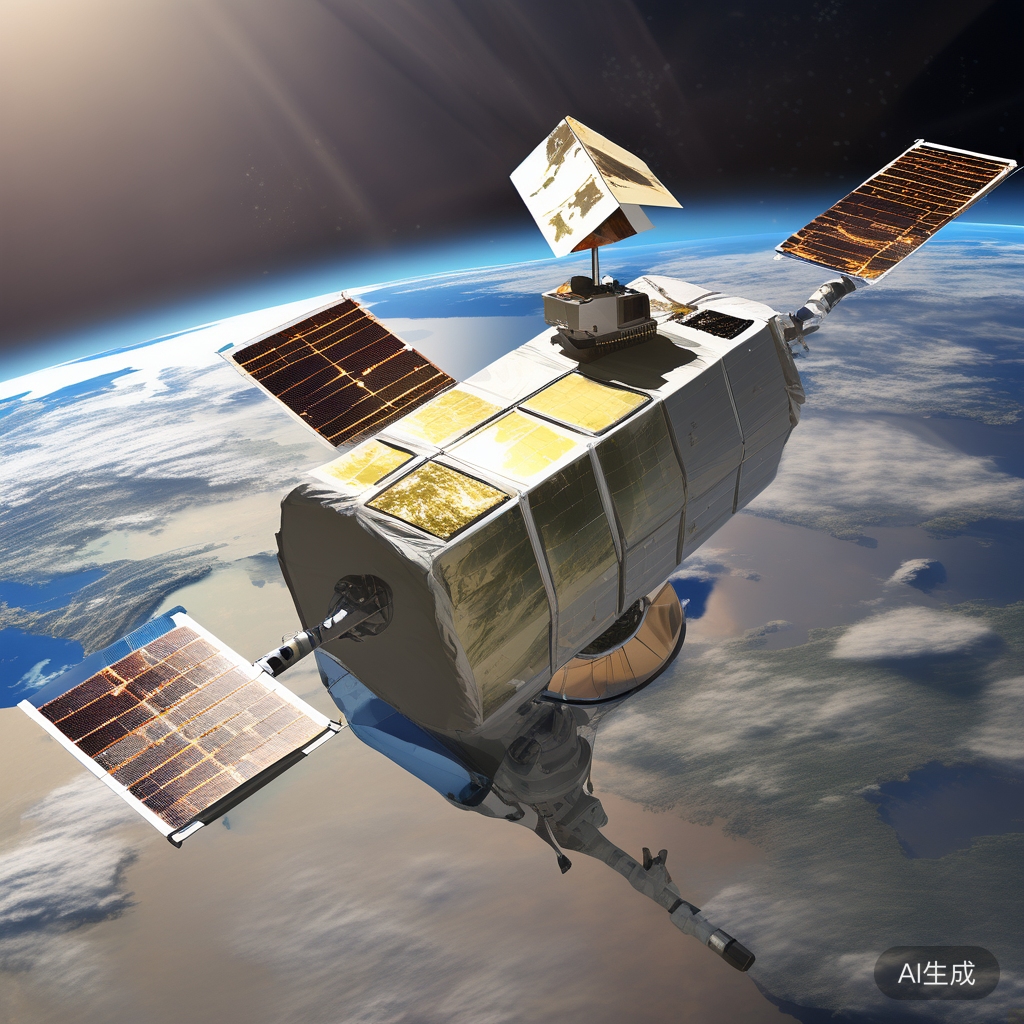When you think about satellite control, the image that often pops into people’s minds is that of NASA’s mission control: a room packed with staff, monitoring the health of spacecraft round the clock, every single day. But Planet, a company with nearly 200 Earth-imaging satellites, doesn’t have a massive control center or a team keeping an eye on their satellite constellation.

During a small satellite conference on August 9, Deanna Doan, who leads the operation of their "Dove" satellites, mentioned, "We have a tiny operation team in San Francisco – it’s actually just three of us, including myself." She added with a chuckle, "So this week, it’s almost just two people because I’m here presenting."
Planet manages to run their constellation with such a small team by focusing on automated control. "From the get-go, we’ve been all about automation," she explained. "We knew we had to manage a constellation of hundreds of satellites, and the only way to scale properly was to automate everything."
The company keeps satellite operations as simple as possible. Each satellite takes pictures as it flies over land during the day and downloads those images when it passes over a ground station. The rest of the time, the spacecraft are essentially on standby, charging their batteries and using atmospheric drag to maintain their relative positions in the constellation, running on pre-set configurations.

Early on, Planet emphasized a concept they called "agile aerospace," which brought the rapid technology update cycle of the electronics industry into the space domain. This approach also applies to satellite operations, with the company frequently updating their software, applying lessons learned from earlier satellites to the latest ones.
Launching a new set of satellites always tests this setup. "We’ve never had continuous 24-hour operations, including debugging," Doan noted. During those times, the company does increase their staffing, using a five-person team in Berlin to manage the RapidEye satellites they acquired in 2015. "We leveraged time zone differences to achieve nearly 15 hours of operations every day."

During the launch of their largest satellite fleet, Flock 3p, which consists of 88 satellites deployed on an Indian PSLV rocket in February, Planet made initial contact with all 88 within two hours. They used a software package called Megahealth to quickly gather basic information from each satellite.
Planet then conducted end-to-end commands on three satellites, called "canaries," to test the process of adding them to the constellation. After that, they operated the remaining satellites, issuing scheduling commands for an average of eight satellites per week.

More than half of the 88 satellites completed commands like despinning and camera calibration without human intervention. The rest needed a bit more help, with some requiring a restart of the satellite’s computer and others needing manual operator intervention.
"This was the first time we used end-to-end automated commands for a satellite fleet," Doan said. "Overall, the operators’ workload was reduced by at least four times."
Another example of Planet’s automated operations involves collecting images from these satellites. "Our ground stations receive over 1,000 X-band data transmissions every day, and that number is only going to increase," said Kiruthika Devaraj, Planet’s head of radio frequency and communications, during another report at the conference.
With such a large constellation, automation is a must. "There’s no way we can have humans monitoring every data transmission, pointing out where it fails or where there are errors," she explained. "So we’ve spent a lot of time automating the performance monitoring of data transmissions at our ground stations."
This automated system checks the data downloaded from the satellites and compares it to expected values based on the characteristics of the transmission. If a data transmission falls short of 80% of the expected data, it’s considered a failure. When that happens, another system checks the data and spacecraft telemetry, categorizing potential errors based on past experiences.
The system handles over 5TB of data from the entire constellation every day, with each satellite’s transmission speed reaching up to 200Mbit/s. Data rate improvements are already in the works. "We think we’ll soon be able to cross the gigabit per second mark," she said.
This continuous improvement process also applies to satellite control. Planet’s latest batch of 48 satellites, called Flock2k, launched on a "Soyuz" rocket in mid-July. Less than a month later, Planet had completed over half of the debugging process for this group of satellites. "We’ve transferred a lot of the experience we gained from Flock 3p to Flock 2k," Doan noted. "So far, it’s been running very smoothly."
I remember once, during a particularly busy launch window, we were all huddled around our screens, fingers crossed, hoping everything would go according to plan. It was a bit like herding cats, but with satellites. The tension was palpable, but the automation we’d put in place was like a safety net, catching us when we stumbled.
And that’s the beauty of Planet’s approach. They’re not just launching satellites; they’re creating a symphony of technology that operates seamlessly, almost as if it has a mind of its own. It’s like watching a well-choreographed dance, where each satellite knows its steps and performs them flawlessly, even when the music changes.








